Quiz Today on the Reading. Be prepared to answer the question: What is the problem that the writer is concerned about?
Fashionista Aptitude Test
Mostly A Answers:
CREATOR - designerExtrovert, outgoing, love life, beauty and material comforts, like reaffirmations, spontaneous, like being the center of attention, dislike structure, like being dramatic, perfectionist
Mostly B Answers:
VISUALIZER - photographers, agent, model, stylistIntrospective, sensitive, quiet, tolerant of others, flexible, unscheduled, strong values, emotional, collaborative in your comfort zone, loyal to friends, love travel
Mostly C Answers:
CRITIC - editor, blogger, forecaster, fashion writer, educatorDirect and frank, love learning, verbal, competitive, connects the dots, leader, like order, critical, structured, absorbs info quickly, loves to read, enjoys pop culture
Mostly DAnwers:
Mostly D Answers:SELLER - retailer, advertiser, buyerGood with money, extroverted and social, thick skinned, realistic, driven, rational, efficient, practical, decisive, ambitious, like deadlines, benefit from criticism, look well groomed
The Evolution of Fashion
The world of fashion began with individual couturiers and evolved, as a result of the Industrial Revolution, into a mass market industry. By studying this evolution we become better equipped to understand the organization of the fashion industry and the direction in which it is moving.Pre-Fashion
Prior to the late 1700's, fashion was made by individual, anonymous tailors and dressmakers. Only the upper class could afford to be fashionable.In 1770, Rose Bertin emerged:
In 1845, Englishman Charles Frederick Worth emigrated to Paris, and became opened a couture house. Empress Eugenie was one of his clients.
The Industrial Revolution
• rise of the middle class
• machines made production easier
Inventions:
the flying shuttle - John Kaythe spinning jenny - James Hargreaves
the cotton gin - Eli Whitney
THE SEWING MACHINE! - Isaac Singer
Unionization and the Garment Industry
• sweatshops• the Triangle Shirtwaist Factory
THE RISE OF RETAILING
• Nordstrom - 1901 - began to open chain stores
Department Stores
• Dayton's 1902
• Henri Bendel 1912
Macy's, Filenes, Wanamaker's , Neiman Marcus
Mail Order
• Montgomery Ward 1872
• Sears and Roebuck 1893
SEGMENTS OF THE FASHION INDUSTRY
Textiles
• mills• vertical operations
• converters
Manufacturers
Many manufacturers participate in every phase of the construction operation, including designing the line, purchasing materials, making patterns, cutting and sewing and even marketing.DKNY, Lacoste, Calvin Klein, Nine West all have their own stores
Some have more specialized functions and hire freelance or consultants to design their lines.
• Manufacturer's representatives - jobbers
• Limited function vs. full service wholesalers
Retailers
FEDERATED DEPARTMENT STORESBloomingdale's, Stern's, Macy's, Broadway, Marshall Field's
SEARS HOLDING
Sears, Kmart, Land's End, JCPenney - acquired Liz Claiborne label
• spinoff stores
• off price discounters
• designer outlets
Flagship Stores
Shopping Malls
Festival Marketplace
Enclosed outlet centers
Fashion Communications
Media - Magazines, Online, televisiong• Anna Wintour
• Liz Tilberis
• Carmel Snow
• Diana Vreeland
Market Consultants
• Forecasters• Resident Buying Offices (RBO)
• Reporting Services


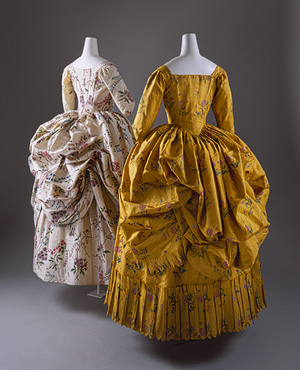


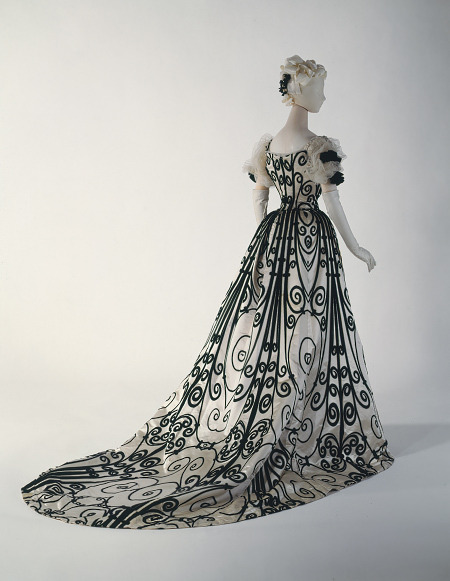

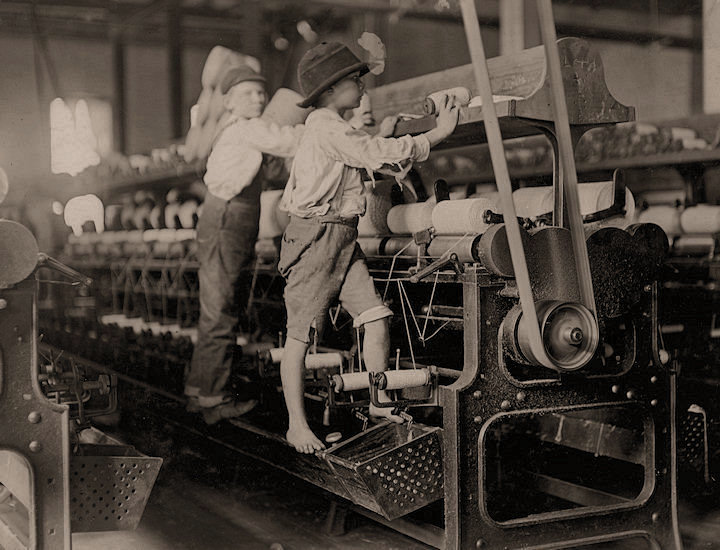






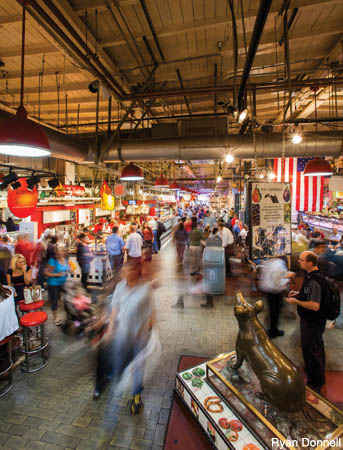
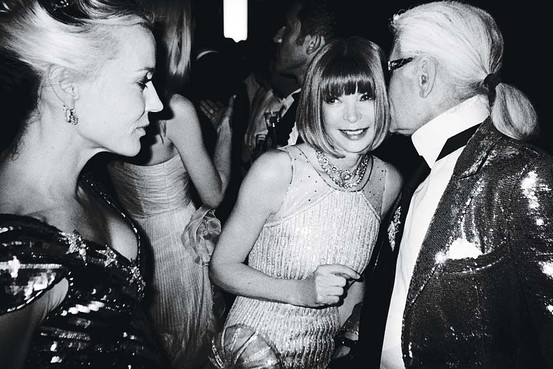

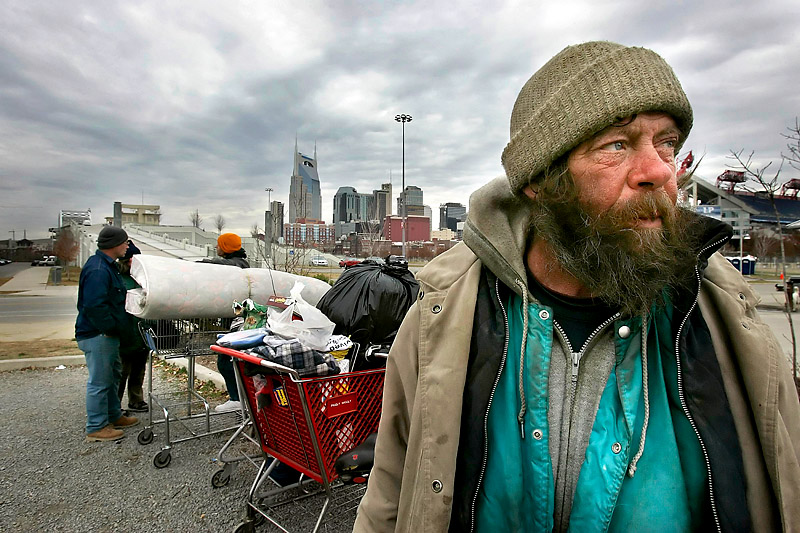
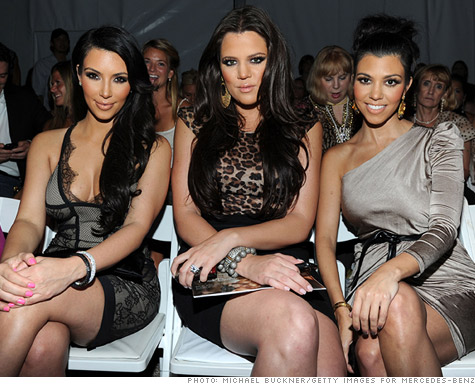





No comments:
Post a Comment